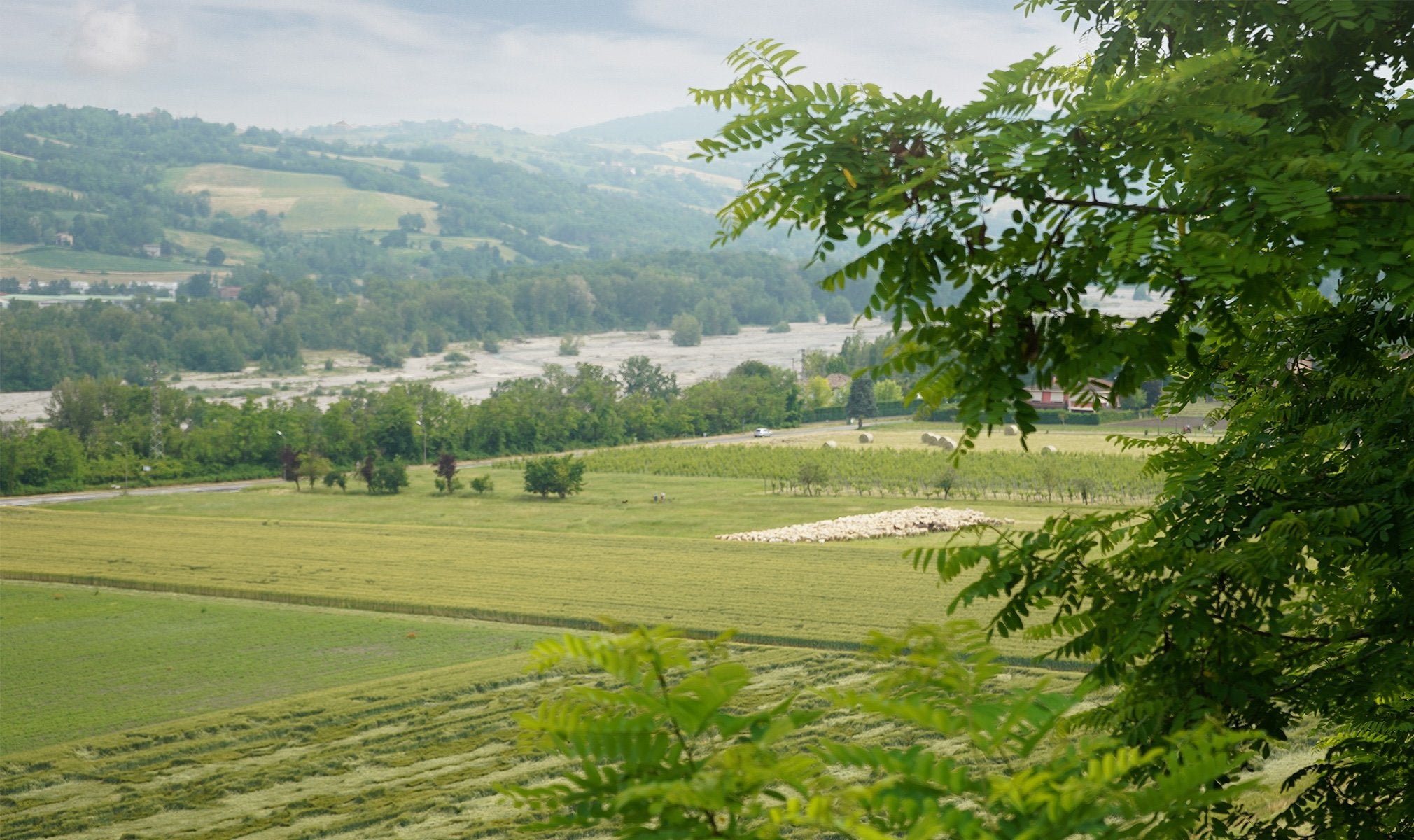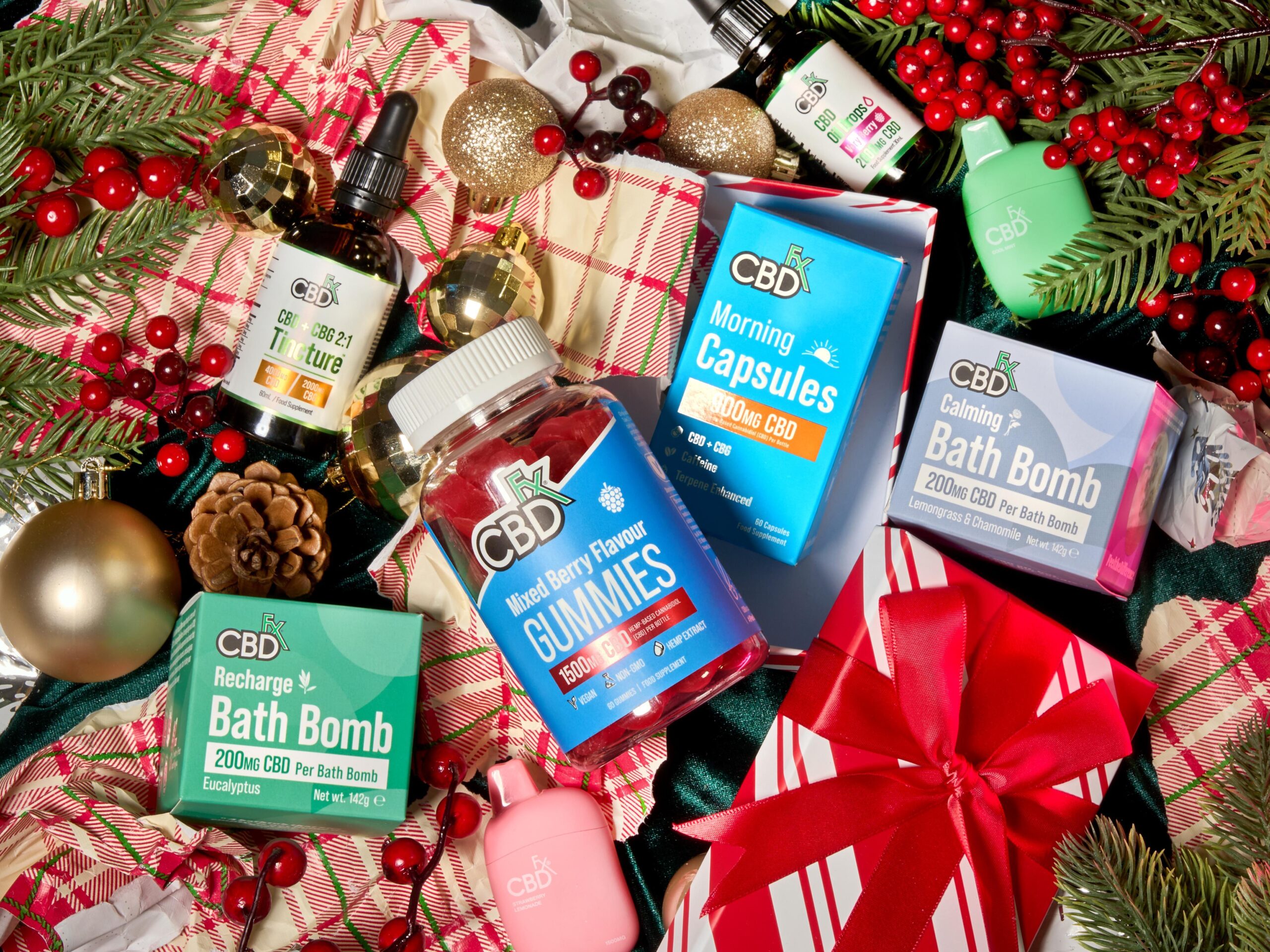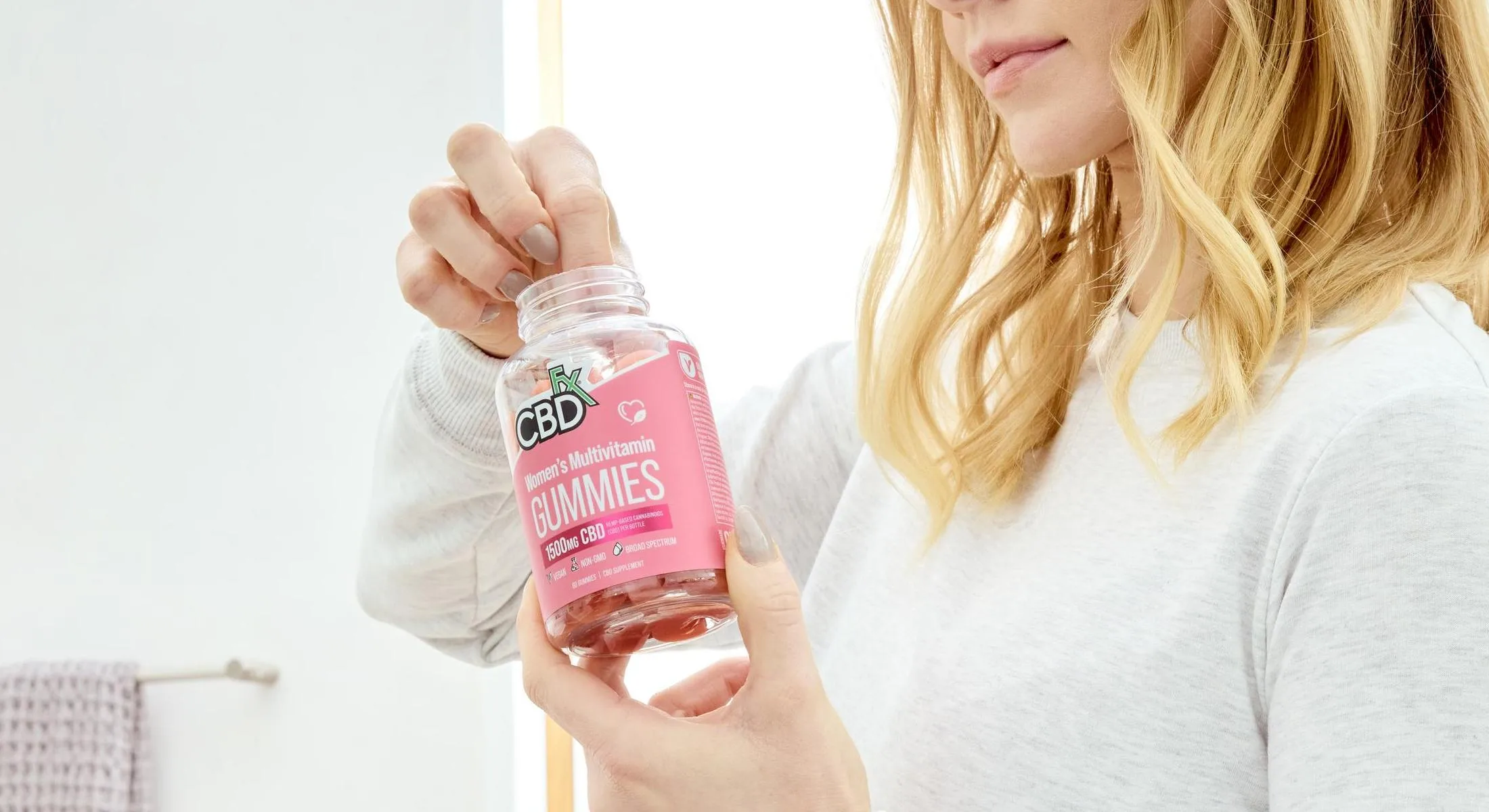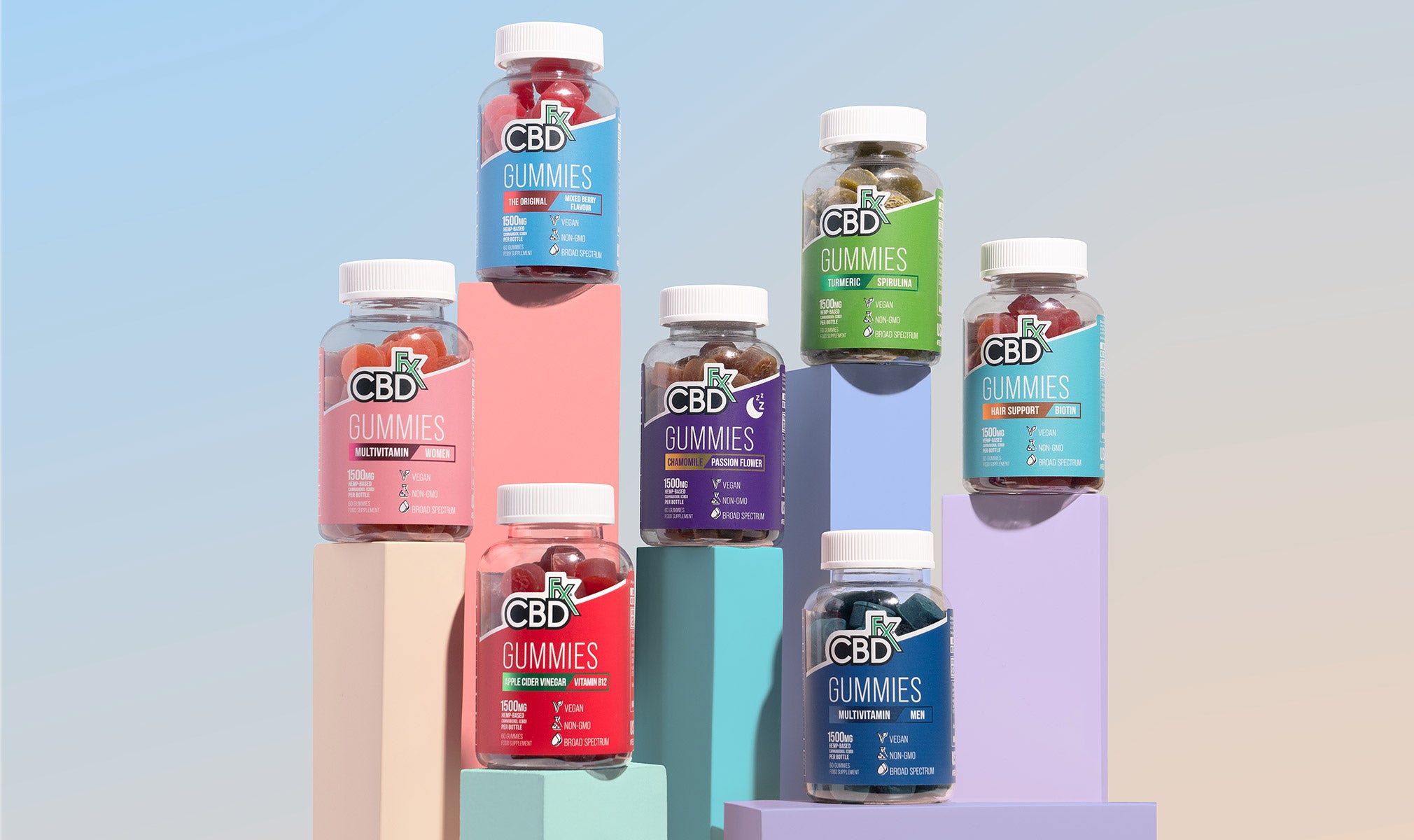Recently, people have started flocking toward CBD wellness products as a means to improve their overall health and for other life-improving benefits, but the history of hemp, itself, stretches back to the earliest days of civilisation. In fact, the first known use of hemp occurred way back around 8,000 B.C. in Mesopotamia. The growing, manufacturing, and trading of hemp cloth is considered among the oldest industries in all of human history. Thanks to its durability and resistance to saltwater, hemp was a valuable product to some of the world’s oldest civilisations.
Since that time, many cultures throughout the world have used hemp as a textile fibre for making cloth, rope, sails, paper, and more — even the sails on Columbus’ ships were made of hemp! At one point, the United States could pay taxes to the U.K. in the form of hemp.
But hemp was more than just a textile fibre. Sometime around 150 A.D., the Chinese — the same people who invented hemp paper — created hemp-based medical remedies for conditions like arthritis, stomach discomfort, insomnia, and the pain associated with childbirth.
Hemp is a versatile plant with potential uses in industry, medicine, food, fuel, and even as an alternative to plastic. It wouldn’t be much of a stretch to argue that hemp is the most valuable — or, at least, useful — plant on the planet.
So, why was this plant so demonized in the last century or so?
HEMP’S UNFORTUNATE DECLINE
People have their theories about why such a useful plant seemed to fall off the face of the earth. As a medicine, hemp just wasn’t as strong as the drugs that came with the invention of the syringe. Cotton was softer (though weaker) than hemp, so some preferred it in clothing.
The most popular theory, though, is that hemp stood in opposition to two giant industries: oil and paper. Some very powerful families had a lot to lose if any random farmer could grow a cash crop and turn it into paper and biofuel — especially since hemp grows so easily (it is a weed after all).
Through a long campaign of misinformation and fear, hemp successfully transitioned, in the public eye, from a useful textile plant into a dangerous substance.
Don’t believe us? Just ask around if there’s a difference between hemp and marijuana. You’re bound to hear a range of bizarre answers, since most people still don’t know the difference.
By blurring the line between hemp and marijuana — a plant bred for its high THC content, used to get people “high” — well-meaning people fought back against any and all hemp cultivation, even though hemp contained less than 0.3% THC.
Still, even with all the propaganda, hemp served an important purpose in the war efforts of WWII. After Japan invaded the Philippines, the world’s hemp supply was cut off, so it was up to local farmers to make up for the deficit. This lasted for a few years before production slowed again.
For nearly a century, hemp all but disappeared from the conversation about sustainable products.
HOW THE SCIENCE OF CANNABINOIDS SAVED HEMP
Thankfully, some scientists pressed forward anyway. With the effects of THC and marijuana understood (if not totally overblown), scientists wanted to find medicinal applications for the cannabis plant.
In the 1990s, they discovered the cannabinoid receptor and, through that, the entire endocannabinoid system (ECS).
This discovery was huge. As it turns out, all mammals have an ECS, and it may be one of the oldest evolutionary mechanisms in our body, playing a role in sleep, stress, mood, inflammation, and more.
In fact, some studies even suggest that chronic pain conditions could have to do with problems in a person’s ECS.
What Are Cannabinoids?
Within your ECS are two cannabinoid receptors: CB1 and CB2. Their job is to receive the two endocannabinoids that your body naturally produces (called AEA and 2-AG).
Cannabinoids are the compounds in the cannabis plant that trigger your ECS to produce endocannabinoids and get the system going.
There are many different cannabinoids. Most people have heard of THC and CBD, but fewer have heard of CBG, CBN, CBC, CBDA, and many others. Each of these cannabinoids has a specific role in affecting the ECS.
Since the discovery of these different cannabinoids, new medicines have been created. The most well-known is probably the creation of a CBD-based pharmaceutical that helps severe cases of epilepsy.
The more we know about cannabinoids and their role in wellness, the more hemp is seen as not only safe, but crucial in discovering avenues for those in need of health and wellness alternatives.
LEGALLY GROWING HEMP IN THE U.K.
Recently, it became legal to grow hemp in the U.K., which was a huge step forward. Of course, cannabis is still considered a dangerous controlled substance, so staying within the law can be a little tricky. Nevertheless, we hope this will be the start of a new chapter in hemp cultivation.
To legally grow hemp, you must purchase a license for both growing the plant and possessing the plant. If you don’t have both, you’ll be in violation of the law as soon as the plant is harvested.
Does this all make sense? Maybe not, but it’s certainly better than when hemp was strictly illegal.
The Hemp Wellness Market Today
Getting a license to sell CBD isn’t the hardest thing in the world, which has been both good and bad for customers in the wellness market.
The good news is that more and more products make it onto shelves each year, with formulations for all kinds of different lifestyles. You can now buy CBD topical creams to remedy achy joints and muscles. There are CBD multivitamins for getting necessary daily nutrients. There are even CBD bath bombs!
On the other hand, mass farming of hemp means there will be low-quality products, as well. When grown with synthetic pesticides and fertilisers, CBD becomes more affordable, but at the expense of its purity and potency. Many people are fooled into wasting their money on CBD products that just don’t work.
How can you be sure you’re purchasing something that will work?
Thankfully, the law requires CBD vendors to furnish lab reports for their customers. These reports make it easy to tell if the hemp was grown with synthetic pesticides or fertilisers. Lab reports also let you know if any solvents were left over from when the product was formulated.
While the history of hemp may have had some rough patches, it has emerged as a viable product for use in wellness. More and more people are finding ways to incorporate CBD into their daily health regimen, whether that’s to relieve minor aches and pains or to fall asleep more easily.
Now it’s time for you to try it out yourself.
Looking for excellent organic CBD products?
Click here to check out our huge selection of top-quality CBD gummies.





